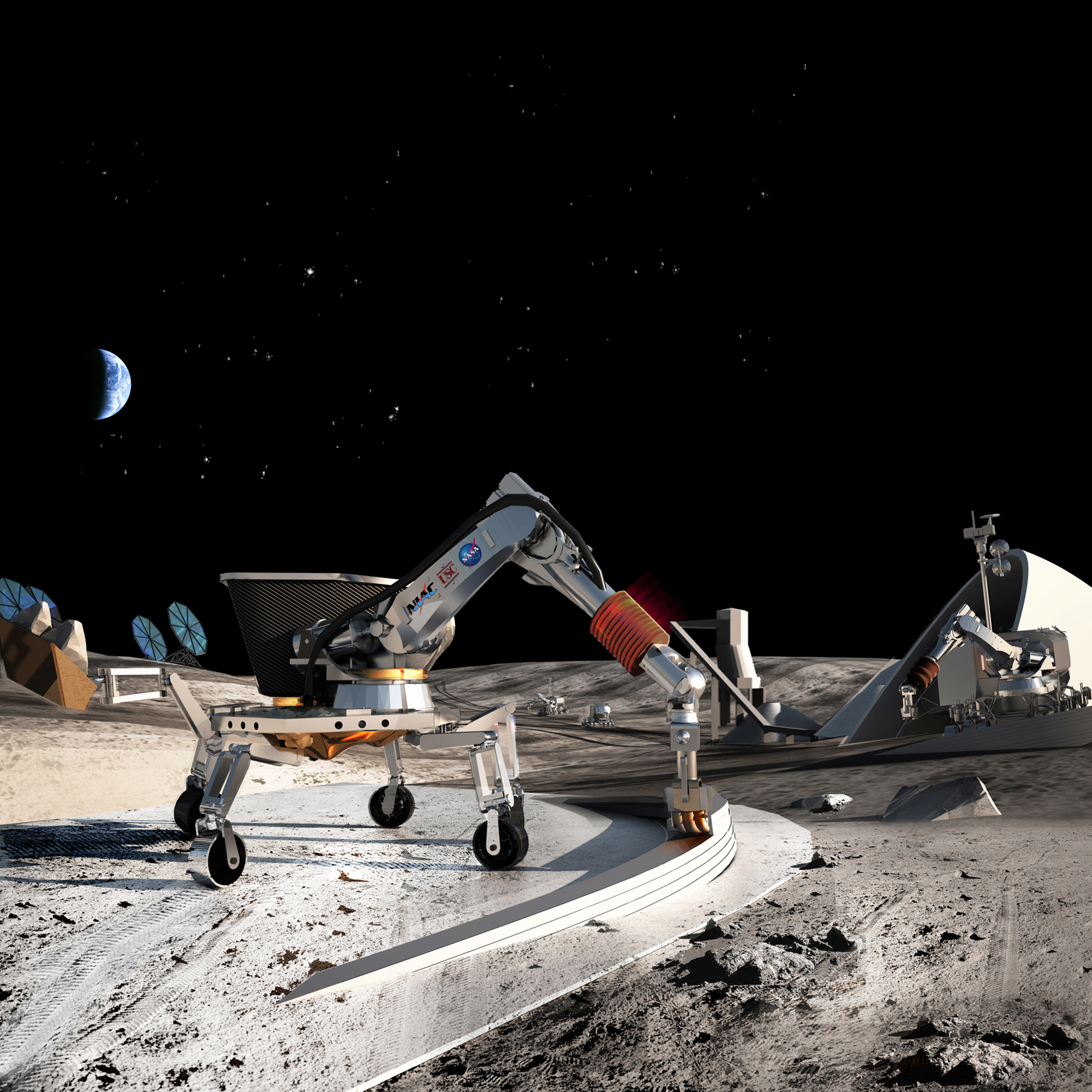STEM Career Connections
ENGINEERING: Civil Engineer

Work Description
Civil engineers design, develop, and construct community projects that serve the general public such as roads, bridges, damns, tunnels, water supply systems, etc. The designs include but are not limited to many fields such as hydraulics, thermodynamics, or nuclear physics.
Why is this job Important?
As temperatures rise, ground covered with permafrost (any ground cover remaining at or below 0°C for two or more years) begins to thaw. This can cause unstable conditions for community infrastructure affecting developers, businesses, residents, and governments. Additionally, poorly engineered buildings also accelerate permafrost thaw by trapping heat under the buildings leading to issues with unstable foundations.
Civil Engineers also develop and implement plans for communities to mitigate the effects natural disasters. They do this by developing infrastructure solutions and plans for events such as flooding, earthquakes, hurricanes, and landslides. For example, they help communities plan for storm surges such as those that occur from hurricanes or major precipitation events. They design devices to enhance the resilience of buildings and communities.
Education
Civil engineers require a bachelor’s degree in civil engineering, in one of its specialties, or in civil engineering technology. To promote to management positions, normally a graduate degree and licensure is needed. License requirements vary by state, civil engineers normally must be licensed if they are employed by a public service.
Related Fields
NASA Connections
Job Title NASA Examples:
- Facilities Engineering
- Aerospace
- Construction Engineers
- Geotechnical Engineers
- Structural Engineers
- Transportation Engineers
NASA Career Links:




